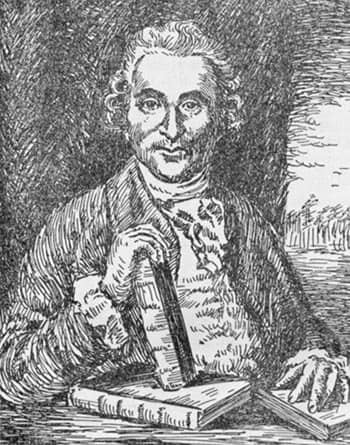James Lind Discovers That Fresh Oranges And Lemons Prevent Scurvy

Who:James Lind
When: 1747
Institution: British Royal Navy
While the earliest documented case of scurvy was described by Hippocrates around the year 400 BC, the first attempt to give scientific basis for the cause of this disease was by a ship's surgeon in the British Royal Navy, James Lind. Scurvy is a disease which leads to open sores and loss of movement, scurvy was common among those with poor access to fresh fruit and vegetables, such as isolated sailors and soldiers. While at sea in May 1747, Lind provided some crew members with two oranges and one lemon per day, while others were given cider, vinegar, sulfuric acid or seawater, along with their normal rations. In the history of science this is considered to be the first occurrence of a controlled experiment comparing results on two populations of a factor applied to one group only with all other factors the same. The results conclusively showed that citrus fruits prevented the disease. Lind published his work in 1753 in his Treatise on the Scurvy1.
Lind's work was slow to be noticed, partly because he gave conflicting evidence within his book, and partly because the British admiralty saw care for the well-being of crews as a sign of weakness. In addition, fresh fruit was very expensive to keep on board, whereas boiling it down to juice allowed easy storage but destroyed the vitamin C content (especially if boiled in copper kettles2). Ship captains assumed wrongly that Lind's suggestions didn't work because those juices failed to cure scurvy.
Eventually seeing the light, it was 1795 before the British navy adopted lemons or lime as standard issue at sea. Limes were more popular as they could be found in British West Indian Colonies, unlike lemons which weren't found in British Dominions, and were therefore more expensive. This practice led to the American use of the nickname "limey" to refer to the British. Captain James Cook had previously demonstrated and proven the principle of the advantages of carrying "Sour krout" on board his ship, by taking his crews to the Hawaiian Islands and beyond without losing any of his men to scurvy3. For this otherwise unheard of feat, the British Admiralty awarded him a medal.
The name "antiscorbutic" was used in the eighteenth and nineteenth centuries as general term for those foods known to prevent scurvy, even though there was no understanding of the reason for this. These foods included but were not limited to: lemons, limes, oranges, sauerkraut, cabbage, malt, and portable soup.
References
Links